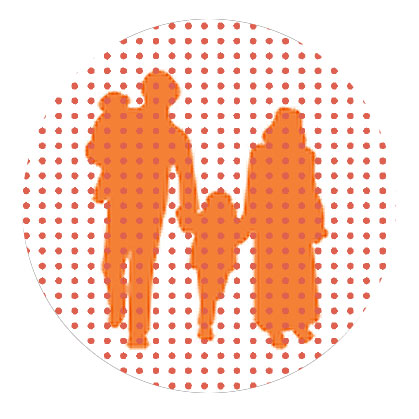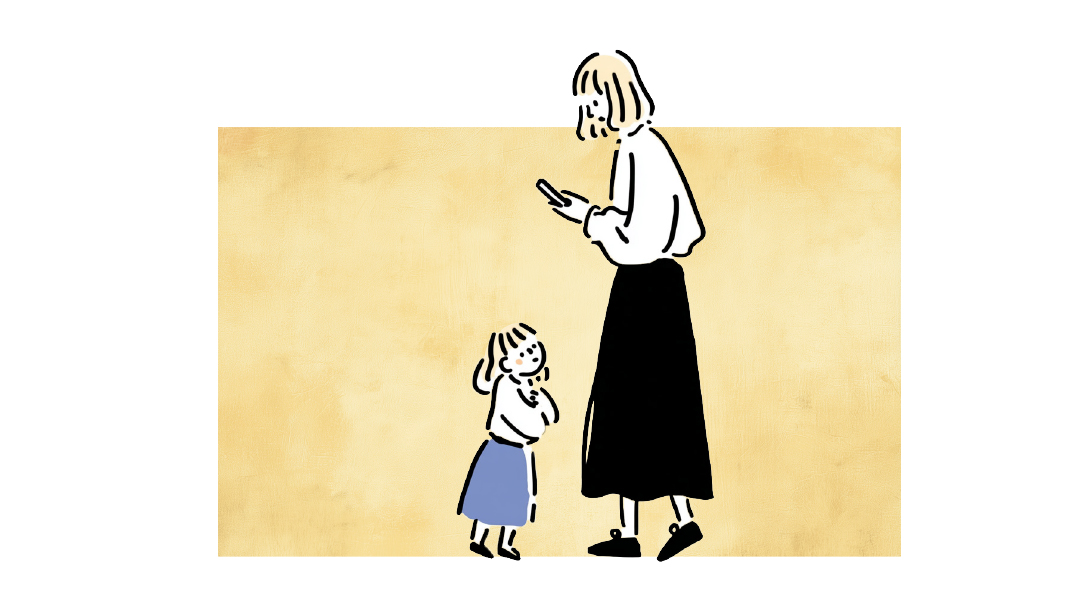Out-of-Body Experiences

When we feel detached from our body, there are ways to ground ourselves

O
ur bodies allow us to participate in life on earth and to perform mitzvos. But our true self, our eternal self, is our soul. Not only do we learn this fact, we also experience it, as there are many times when we feel a separation between body and soul. In everyday parlance, at such times we might describe ourselves as “spacey” or “ungrounded.” Or we might announce that we’re “not really here today.”
We might be so intensely absent from our bodies that we experience a strong flashback to some troubling time, or feel as if we (or the things around us) aren’t real, or we might experience ourselves as literally outside of our bodies. We might sometimes intentionally induce a state of separation through purposeful meditation, freeing ourselves from our physical constraints to soar through to spiritual realms.
All of these out-of-body experiences are common, although not commonly spoken about. Some of them frighten us and many of them are uncomfortable. Apart from those times when we intentionally set ourselves free through prayer and meditation, we tend to feel our best when we’re in our bodies, grounded and safe, inhabiting the present moment in all of its glory.
This is why people feel calm and content when engaged in a demanding but creative activity like painting, or an activity that requires close attention to detail, or that requires our complete physical involvement, like gardening. Even intellectual activities such as studying or reading are soothing when conducted in a grounded way, with our attention focused directly on the material at hand.
Staying Grounded
The tendency to dissociate — to separate body and soul — occurs for both genetic and environmental reasons. Some people are just born with a “loose connection” to the earth — they’re spacey, distracted, in their heads or otherwise out of their bodies. Obsessive ruminators and worriers know just how distressing it can be to be distanced from both the pleasures and challenges of the current moment.
Then there are those who have learned, through painful life experience, that escaping from the present moment feels better than living in it.
Fortunately, there are ways that we can help both ourselves and our children stay more consistently grounded. Routines help us, keeping us in touch with the day of the week and the time of the day. Regular meal times, regular “laundry days,” “bath days,” regular bedtimes and waking times, Shabbos, and other recurring and predictable events ground us, and particularly ground children. Scattered and erratic schedules invite a chaotic, ungrounded state.
Helping children tolerate negative emotions is also essential for helping them to stay grounded. The simple act of observing and naming such feelings helps remove the sensation of overwhelming, swirling energies gathered around the exterior of a person, replacing it with the “at home” experience of “ahhhh, this is what I feel inside.”
Yes, I’m enraged. Yes, I’m very disappointed. Yes, I feel hurt. Having the right name allows a feeling to roost, to find its place inside the body where it belongs. Even for a child, life can be hard, but when a parent is able to stay present with the child’s pain, instead of running away to the distraction of “cheering her up,” then the child learns to stay inside her body too, even when her heart is aching.
Creating a Home Base
When feeling ungrounded, people can intentionally engage in “grounding activities” such as those described earlier. They can use various other strategies to “get out of their head” (where they’re over-thinking or experiencing overwhelm) and back down to the safety of earth. The following exercise, for example, quickly and effectively moves energy downward: “Focus your attention on the top of your head (so that you feel almost as if you are touching that location); now focus your attention on your forehead (until you can almost feel the warmth of your hand there); now focus your attention on your jaw…” The exercise continues down the body to the feet, where you imagine that a ten-pound bag of potatoes is sitting on top of each foot. By the end of the exercise, a person typically feels heavy, steady, and more grounded.
The more a person practices grounding themselves, the better and faster they’re able to do it. Moreover, the more one grounds themselves, the greater their ability to stay in that state. The body becomes the home-base that it should be, ready to nurture and facilitate the journey of the soul.
(Originally featured in Family First, Issue 795)
Oops! We could not locate your form.




